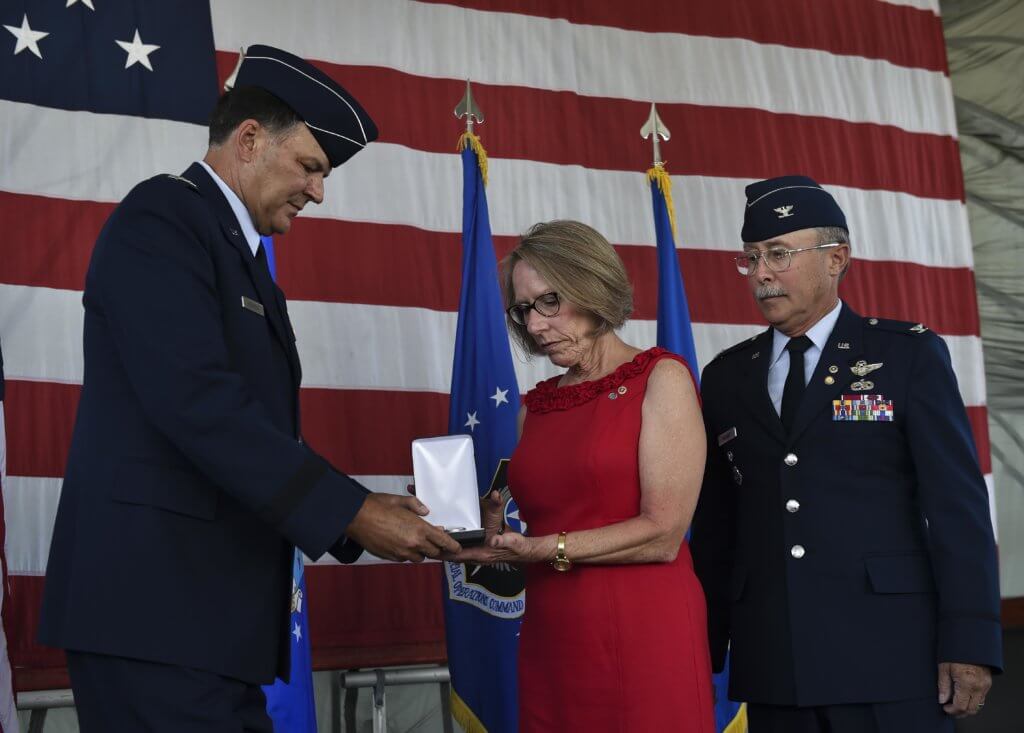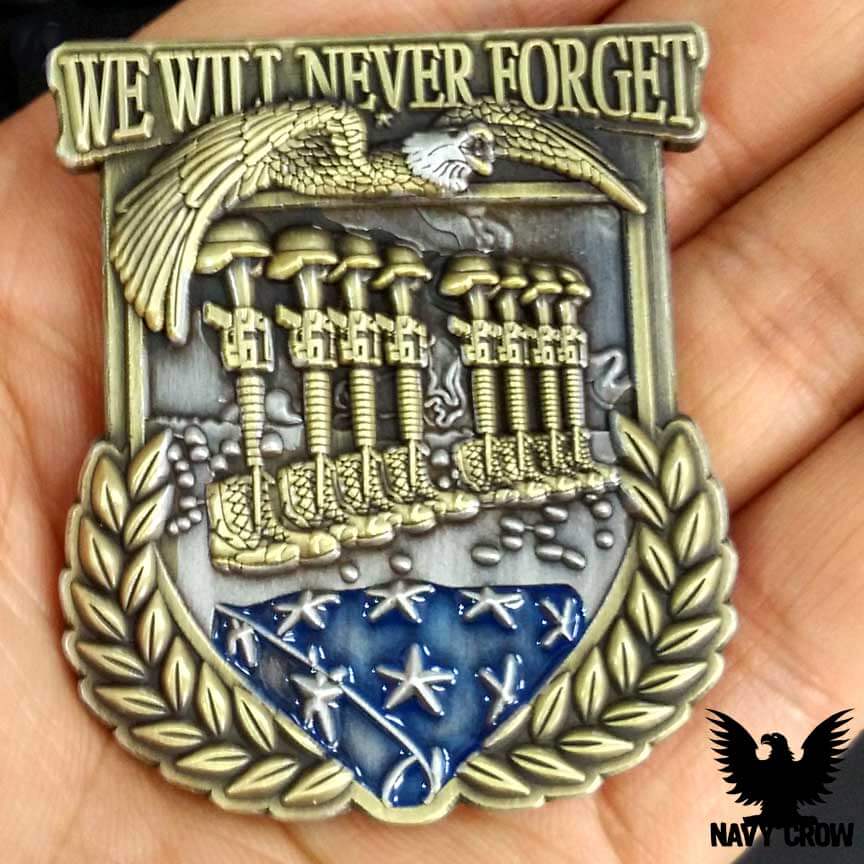SERVICE FLAG
Our Nation has been at war now for going on 15 years, the longest period of conflict in our Nation’s History. Throughout this time countless brave men and women have worn the cloth of our Nation and followed her banners into combat. To recognize the sacrifice of families whose loved ones are serving it is common for them to hang a “Blue Star Flag” in their home window, or place a decal on their car.
The Service flag is an official banner authorized by the Department of Defense for display by families who have members serving in the Armed Forces during any period of war or hostilities the United States may be engaged in for the duration of such hostilities. The Service Flag, also called the Blue Star Flag, was designed and patented during WW I by US Army Captain Robert L. Queisser of the 5th Ohio Infantry who had two sons serving in France on the front lines. The flag quickly became the unofficial symbol of a child in service. One Blue Star was adorned to the flag for each family member serving abroad, if the service member were to be Killed in Action a Gold Star would be placed over the Blue. The “Great War” ended before the practice caught on largely due to the fact that the American involvement though significant, did not last long.
Following the end of the “War to End All Wars” the practice of hanging Blue Star Flags fell to the wayside. During the interwar years America found itself embroiled in the “Banana Wars” in Central America, Haiti. Cuba, and the Philippines to name a few places.
BLUE STARS OF WW II
With the attack on Pearl Harbor, and subsequent American involvement in WW II came a resurgence of Service Star Flags. During WWII the practice of displaying the Service Flag became much more widespread. Most flags were hand made by mothers across the nation. One of the most famous flags was that of the five Sullivan brothers who all perished on the USS Juneau.
The Blue Star Mothers was founded as a Veteran Service Organization and was part of a movement to provide care packages to military members serving overseas and also provided assistance to families who encountered hardships as a result of their son or husband serving in the war.
In 1960 Congress chartered the Blue Star Mothers of America as a Veterans Service Organization and in 1966, the Department of Defense revised the specifications for design, manufacture and display of the Service flag. The Department of Defense specifies that family members authorized to display the flag include the wife, husband, mother, father, stepmother or father, parent through adoption, foster parents, children, stepchildren, children through adoption, brothers, sisters and half brothers or sisters of a member of the Armed Forces of the United States. The flag should be displayed in a window of the residence of persons authorized.
The Service Flag may also be displayed by an organization to honor the members of that organization serving during a period of war or hostilities. The Service Flag is an indoor flag and should be flown facing out from the front window of the home or organization. If the U.S. flag is also displayed with the Service Flag, the U.S. flag should be of equal or greater proportions and should take the place of honor above the Service Flag.
Each blue star on the flag represents a service member in active duty. A gold star is displayed if a service member is killed in action or dies in service. If several stars are displayed by one family the gold star takes the honor of being placed at the top. The gold star should be slightly smaller than the blue star to create a blue border surrounding the gold star.
GOLD STARS
President Wilson became part of this history when in 1918 he approved a suggestion made by the Women’s Committee of the Council of National Defenses that mothers who had lost a child serving in the war wear a gold gilt star on the traditional black mourning armband. This led to the tradition of covering the blue star with a gold star on the Service flag to indicate that the service member has died.
Shortly after World War I, the Gold Star Mothers Club was formed in the United States to provide support for mothers who lost sons or daughters in the war. American Gold Star Mothers, Inc. was founded in 1929, receiving a charter from Congress. It began with 25 mothers living in Washington, D.C. and soon expanded to include affiliated groups throughout the nation. On June 23, 1936, a joint congressional resolution designated the last Sunday in September as Gold Star Mother’s Day.
Gold Star Mother’s Day has been observed each year since 1936 by presidential proclamation – from Franklin D. Roosevelt to Barrack Obama. By presidential proclamation beginning in September, 2009, the last Sunday in September – originally designated as “Gold Star Mother’s Day” – is now designated as “Gold Star Mother’s and Family’s Day.”
SILVER STARS
Blue and gold are the only colors specified for use, but silver stars are increasingly in use to represent those discharged from service because of wounds or being invalided home. The Silver Star Families of America is an organization attempting to encourage the U.S. Congress to make the Silver Star Service Banner official for those wounded or injured in a war zone. Forty-nine states, Guam, Saipan, the U.S. Virgin Islands, the Chickasaw Nation and over 2,700 cities and counties have issued proclamations in support of the Silver Star Banner and of Silver Star Service Banner Day on May 1 of every year.
On April 21, 2010 the United States House of Representatives passed House Resolution 855, a stand alone resolution recognizing the Silver Star Service Banner and making May 1 Silver Star Service Banner Day. One state, Missouri, took steps to make such recognition a state law.
In World War II, the Brazilian Clube Militar (Military Club) and the Casino da Urca adopted the concepts of the American service banner by giving posters to the family members of the Brazilian Expeditionary Force. On these posters the phrase Daqui saiu um Expedicionário was written, which means “From here came an Expeditionary”. Although the design differs from the American banners, the mothers of the Brazilian soldiers also received a pin prominently featuring a blue star similar to American pins.











